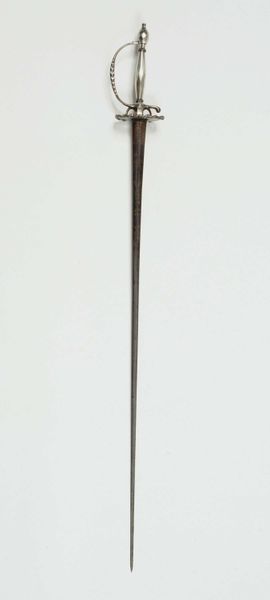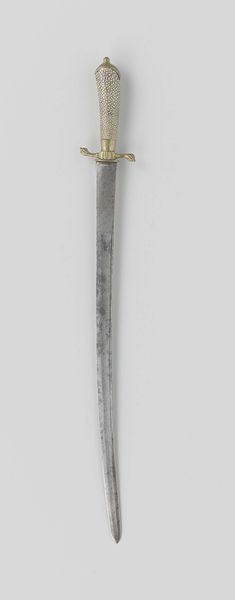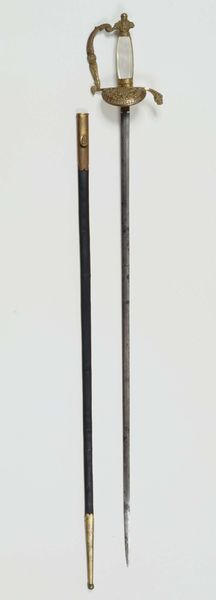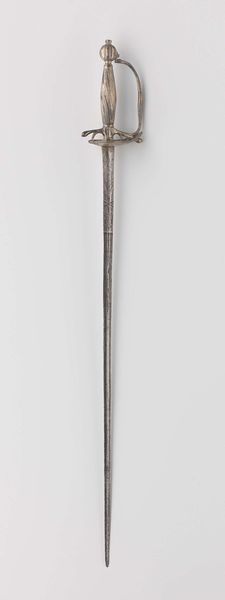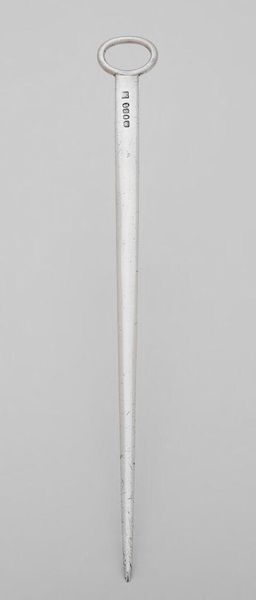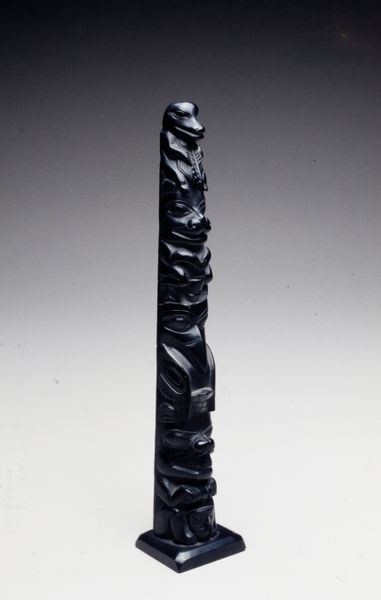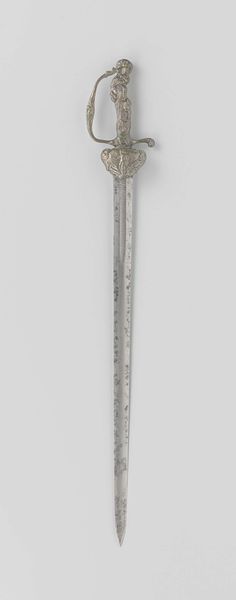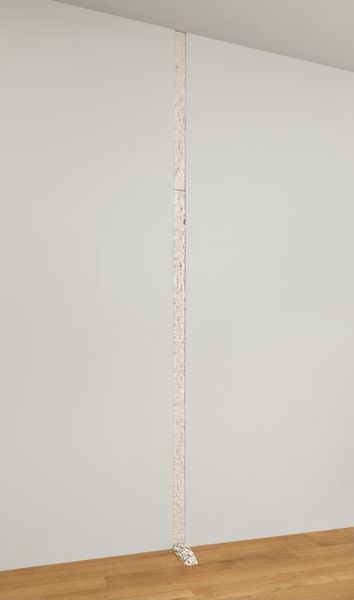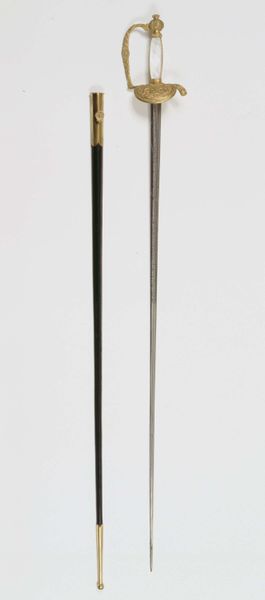
Dimensions: object: 1680 x 159 x 340 mm
Copyright: © The Estate of Alberto Giacometti (Fondation Giacometti, Paris and ADAGP, Paris), licensed in the UK by ACS and DACS, London 2014 | CC-BY-NC-ND 4.0 DEED, Photo: Tate
Curator: Alberto Giacometti's "Standing Woman," residing here at the Tate Modern, immediately strikes me as a totem of resilience. Editor: Yes, there's a spectral quality, a post-war anxiety materialized in bronze. The elongated form feels both fragile and defiant, a testament to survival. Curator: Giacometti's figures often embody a sense of alienation, a feeling mirrored in existentialist philosophy. But I see echoes of ancient fertility figures. Editor: Perhaps, but I can't ignore the way Giacometti's work engaged with the anxieties of his time, the loss of life and the struggle for meaning, particularly for women. Curator: It's fascinating how a single image can hold so many layers of interpretation, reflecting both timeless symbols and the specific concerns of its era. Editor: Absolutely, it invites a conversation about the enduring power of art to confront difficult truths and spark social change.
Comments
tatemodern 8 months ago
⋮
http://www.tate.org.uk/art/artworks/giacometti-standing-woman-t00780
Join the conversation
Join millions of artists and users on Artera today and experience the ultimate creative platform.
tatemodern 8 months ago
⋮
Giacometti said that his figures reflect his own experience of looking at people. Concerned with truly representing this, he often reworked his sculptures over long periods before casting them in bronze. He would build up and strip down the clay model several times, gradually eroding its outline and reducing the work to its essential core. Giacometti’s fragile, elongated figures have often been interpreted as a reflection of the precariousness of life after the Second World War. Gallery label, March 2025
